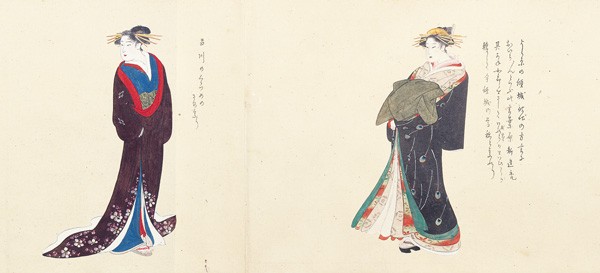
Last month, I attended a kanzashi, Japanese hair ornaments' exhibit with my friend from Kyushu. She and I used to play tennis near the museum when we were university students, so we were very exited when we saw the tennis courts again. It felt like as if we had gone back to our college days.
It was our first time visiting a museum that exhibited kanzashi.
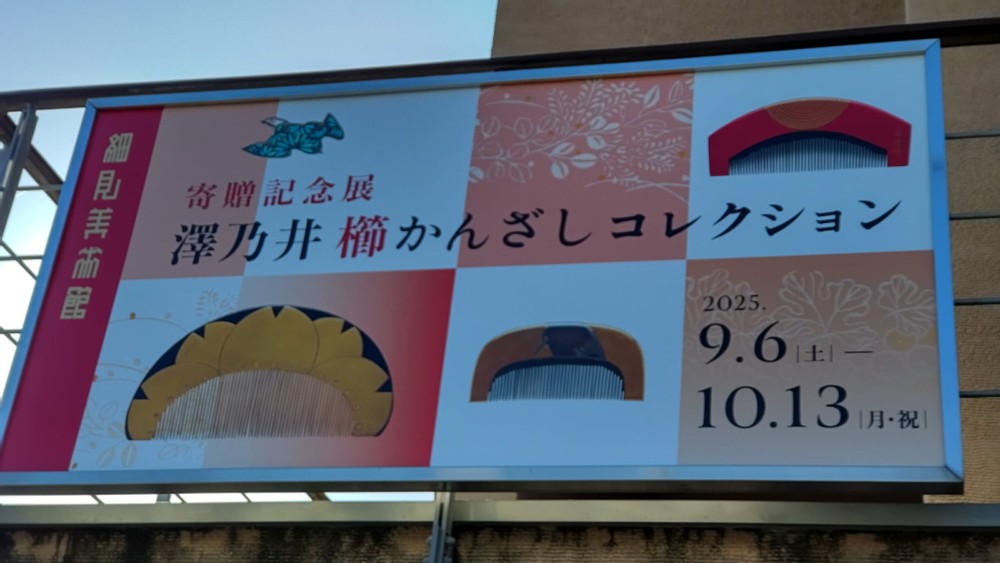
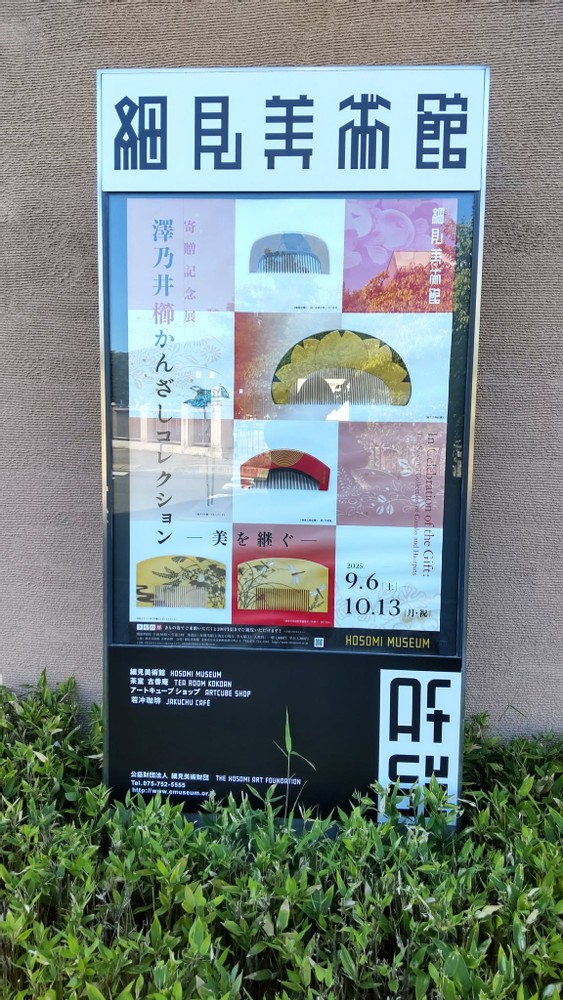

Kanzashi are Japanese traditional hair ornaments worn with kimono. The exhibition featured mainly antique pieces made during the Edo period (1600 to 1868).
The three pictures below show combs decorated with maki-e (a Japaneses lacquer technique).

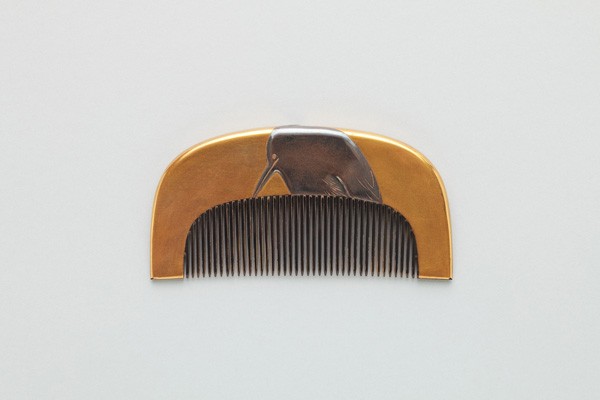
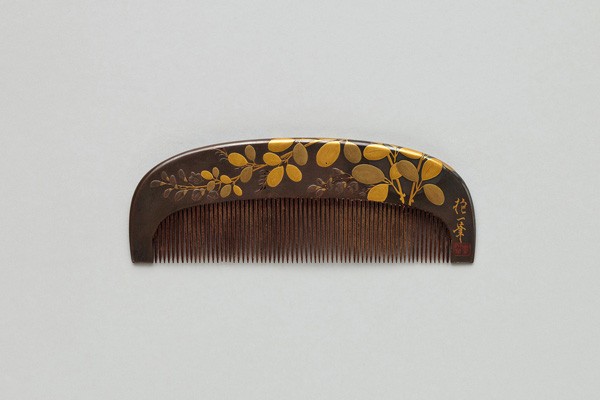
The two yellow ones are made of ivory.

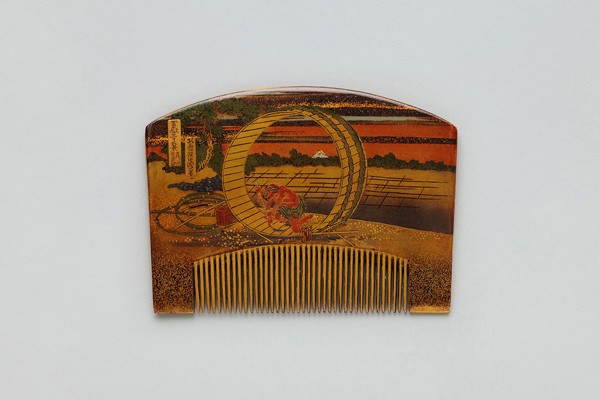
The picture blow shows inro, which samurai (worriers) and their wives used as pill boxes of medicine cases and hung them from their kimono sashes.
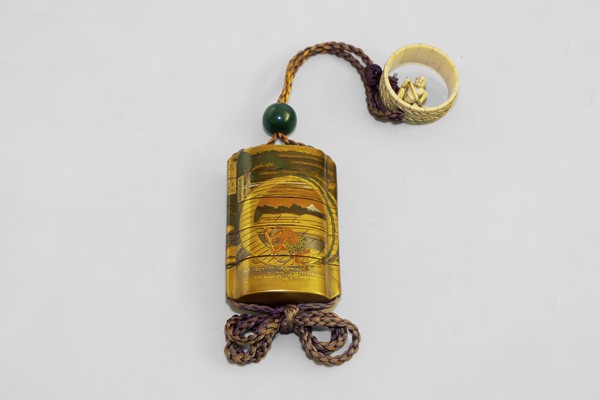
Kanzashi made of ivory.
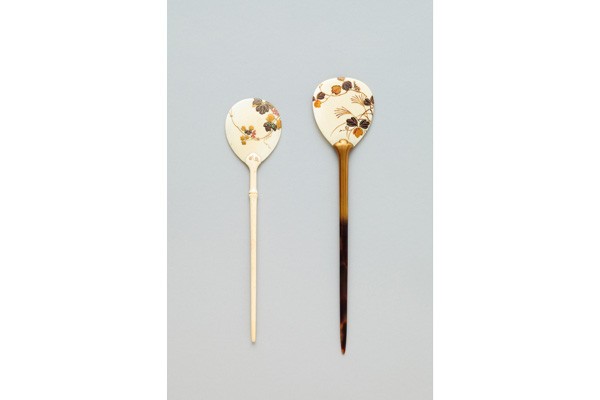
A comb made of ivory and maki-e.

The design is called "Fox's Wedding, which was decorated with maki-e.
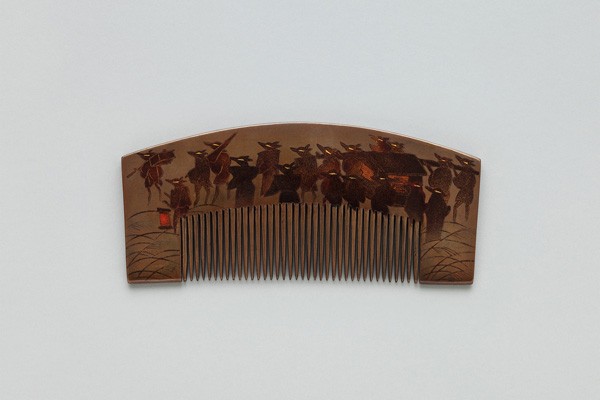
A comb made with maki-e.

A comb made of ivory.

A comb made with maki-e, and this one was my favorite.

A comb featuring a Portuguese holding a telescope, decorated with maki-e.
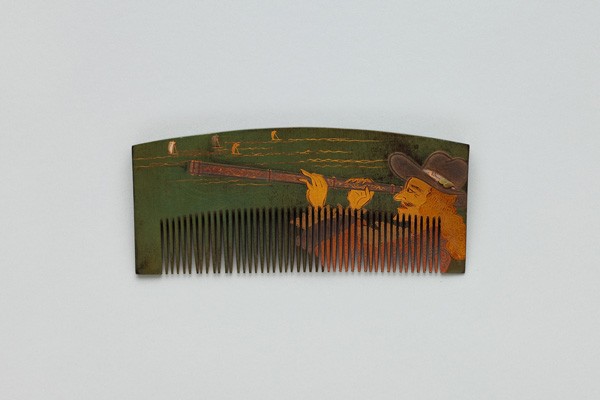
A comb and kanzashi made with maki-e.
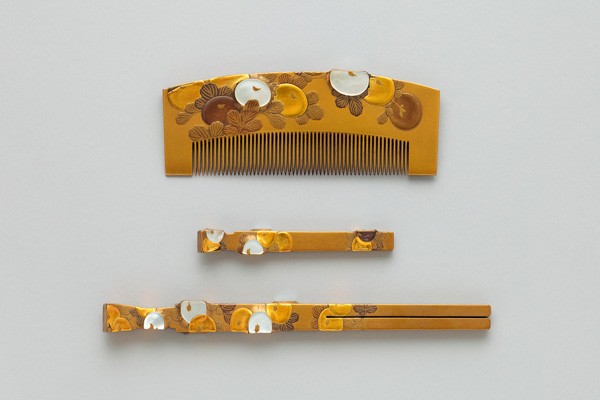
A comb and kanzashi made of glass. During the Edo period, glass crafts were called giyaman , which came from the word diamant in Portuguese means diamond. At that time, Japan was closed off from the rest of the world but traded with a few countries, including Portugal. Because of that, we have lots of loan wards from it.

A comb and kanzashi made of tortoiseshell.

This type of kanzashi in the picture below were very popular among young girls and made pleasant sounds whenever they swayed. Maiko, apprentices of Geisha still wear this type.

Kanzashi made of tortoiseshell.

Kanzashi made of glass.
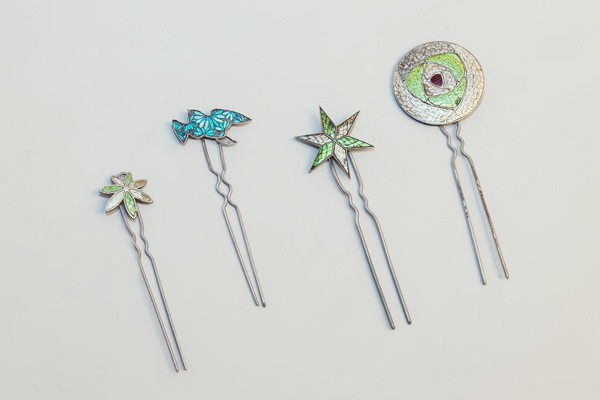
A comb and kanzashi made of celluloid.

The hair-style for women during the Edo period were called Harunobu-style Shimada.

The oiran (high-ranking courtesans) of the Edo period wore elaborate hairstyles adorned with many long kanzashi and combs.
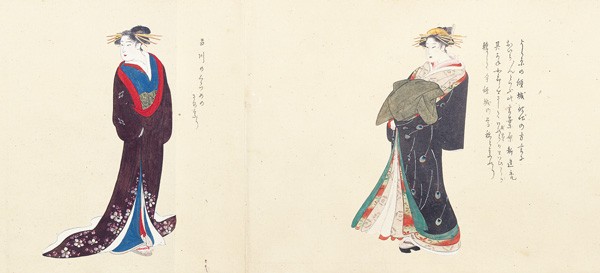
We enjoyed looking at more than 300 kanzashi, combs, and inro, and then we stopped by a cafe. We talked about the tiny amazing details of maki-e.
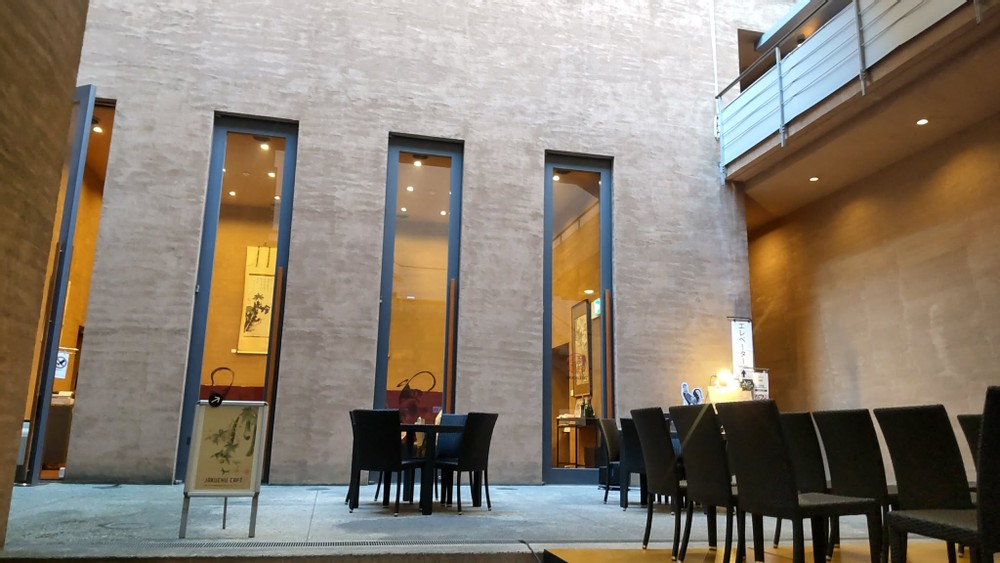
We had a wonderful time together, and afterward I took her to Kyoto station. We promised our next meeting and said good-bye.
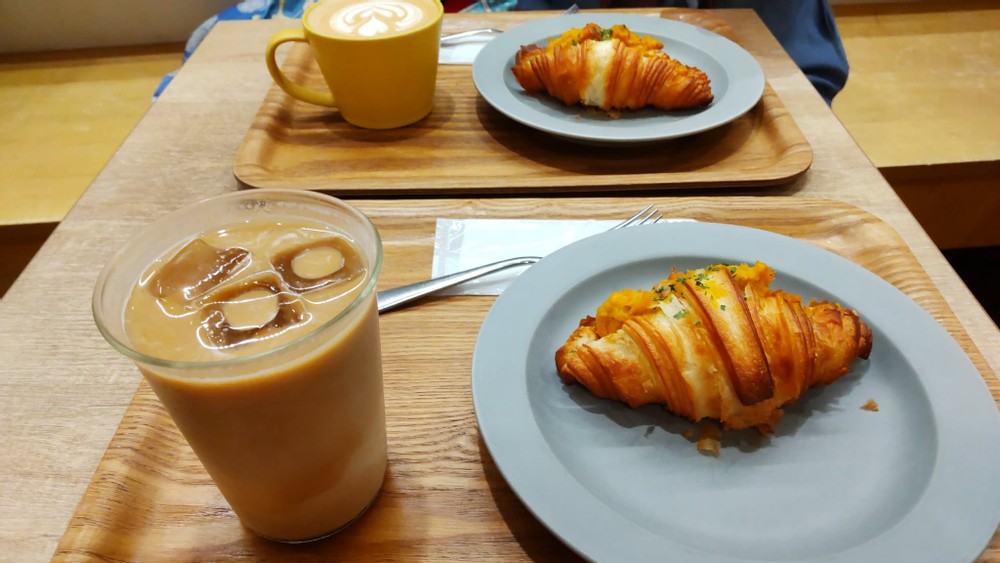
(5071)
title: The Kanzashi Exhibit
Thank you as always!